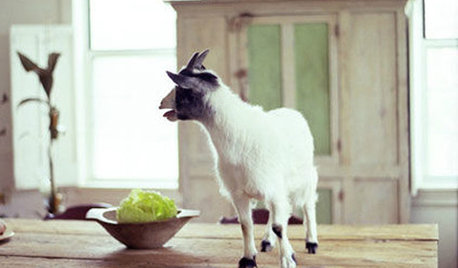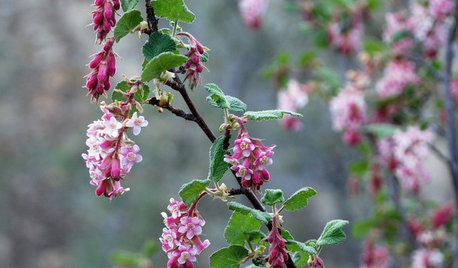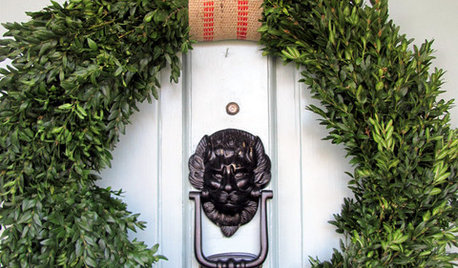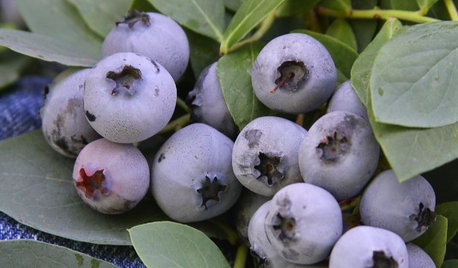Currants & Gooseberries for fresh eating and easy garden culture
lindsgarden
12 years ago
Featured Answer
Sort by:Oldest
Comments (17)
olga_6b
12 years agoScott F Smith
12 years agoRelated Professionals
West Milford Landscape Architects & Landscape Designers · Woodinville Landscape Architects & Landscape Designers · Salem Landscape Contractors · Canyon Lake Landscape Contractors · Dudley Landscape Contractors · Haverhill Landscape Contractors · Hickory Hills Landscape Contractors · Indio Landscape Contractors · Kearny Landscape Contractors · Newnan Landscape Contractors · North Potomac Landscape Contractors · St. Louis Landscape Contractors · Norridge Landscape Contractors · Vadnais Heights Landscape Contractors · Palos Heights Landscape ContractorsKevin Reilly
12 years agoflora_uk
12 years agoolga_6b
12 years agoScott F Smith
12 years agoaustransplant
12 years agolindsgarden
12 years agowizzard419
12 years agosteve_in_los_osos
12 years agowizzard419
12 years agoScott F Smith
12 years agoaustransplant
12 years agowizzard419
12 years agoHU-145913874
3 years agosocalnolympia
3 years agolast modified: 3 years ago
Related Stories

LIFEEasy Green: Modern Homesteaders Stake a Claim
With more options for raising chickens, growing edibles and keeping bees than ever, suburban and city folk are rediscovering a lost art
Full Story
GARDENING GUIDESGreat Design Plant: Ribes Malvaceum
Plant pink chaparral currant for graceful winter tassels and an excuse to make black currant tarts
Full Story
CHRISTMAS10 Easy Decorating Ideas for a Festive Entryway
'Tis the season for welcoming guests with wreaths, special lighting and plenty of comfy seating
Full Story
DECORATING GUIDESHouzz Tour: Layered Look Adds a Fresh Sense of Style
Midcentury art, pottery and a mix of furnishings bring a hip edge to a traditional Los Angeles home
Full Story
HEALTHY HOME12 Ways to Set Up Your Kitchen for Healthy Eating
Making smart food choices is easier when your kitchen is part of your support team
Full Story
FRONT YARD IDEAS10 Ideas for a Front-Yard Edible Garden Your Neighbors Will Love
Choosing attractive, well-mannered plants and sharing the bounty will go a long way toward keeping the peace
Full Story
GARDENING AND LANDSCAPINGWorld of Design: 10 Home Gardeners Show Us Their Sweet Summer Harvests
From New York to Tokyo, these gardeners have turned their yards, terraces and rooftops into places of bounty
Full Story
GARDENING GUIDES15 Favorites for Your Summer Edible Garden
Get your summer garden off to a good start with these popular fruits and vegetables
Full Story
FALL GARDENINGBe Your Own Wildflower Nursery
Gather seeds from your garden in fall, and you'll have a selection of plants for next year — without spending a dime
Full Story
FARM YOUR YARDIf You Have Room for Only One Summer Crop ...
Get an edible that’s long on flavor even if you’re short on space, with a long-time gardener’s favorite picks
Full Story







socalnolympia